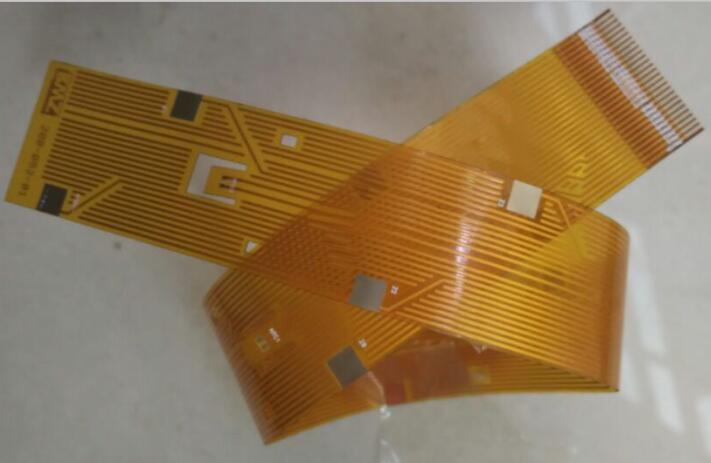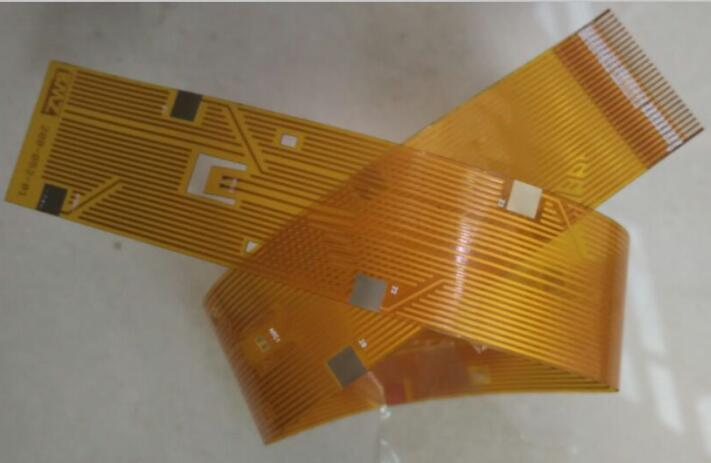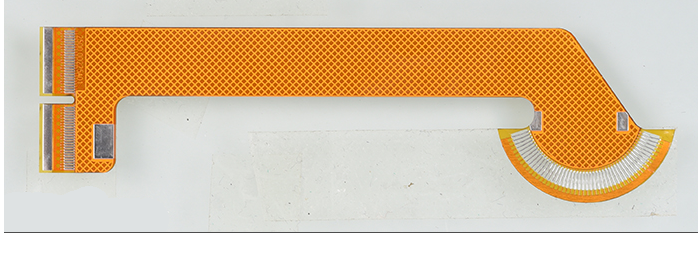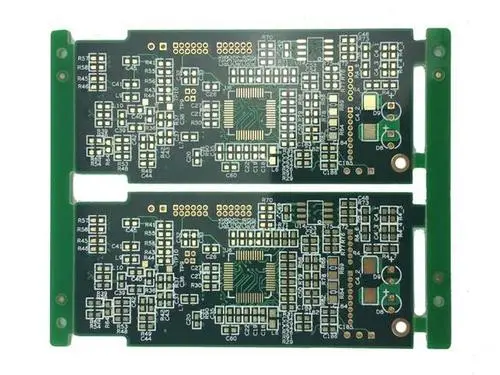
As mass production reaches a bottleneck, consumers are increasingly demanding personalization. Flexible manufacturing is produced in response to "mass customization" production. It has the characteristICs of SMAll batches and many varieties, and achieves efficient control of the production process with its good planning. In fact, Flexible manufacturing models exist widely, such as the common customization in our lives. This consumer-oriented and customized production method is opposed to the traditional mass production production model. In flexible manufacturing, the test is the reaction speed of the production line and supply chain. The flexibility of FPC fabrication can be expressed in two aspects:

The first aspect refers to the flexible response capacity of production capacity, that is, the small batch production capacity of machinery and equipment.
Its equipment utilization rate and productivity are high, and the cost per piece is relatively low. However, only one or several SIMilar parts can be processed, and it is difficult to cope with the production of small and medium-sized batches of various varieties. As the era of mass production gradually moves towards the era of production oriented to adapt to MARKet changes, the competitiveness of a manufacturing system lies in whether it can develop a variety of, high-quality, low-cost products in a short period of time. Flexible manufacturing can just meet this point, and it occupies more and more weight in the development of manufacturing industry.
The second aspect refers to the agility and precise response capabilities of the supply chain.
In flexible manufacturing, the supply chain system responds to a single demand with production and distribution. From the traditional "production-supply-sales-people-property-material" of "production-determining sales" to "production-determining production", the production instructions are completely triggered by consumers alone, and its value The chain manifests itself as "people-property-product-material-sales", a fully oriented activity with clear individual characteristics. In this process, it not only poses a major challenge to the production machines, but also presents a revolutionary subversion to the traditional supply chain.
The "flexibility" of the manufacturing system can be reflected in:
1. Equipment flexibility - when it is required to produce a series of different types of products, how easy it is for the machine to process different parts as the product changes.
2. Process flexibility - the ability to use different materials to manufacture a given part/product type.
3. Product flexibility - unique conditions to change the economics and speed of producing a new set of parts or products.
4. Flexibility - Ability to handle failures and continue to manufacture a given set of parts/product types, using alternate routes.
7. Production Flexibility - The volume of parts/product types that a system can produce.
Current Flexible manufacturing technology
1. Flexible manufacturing System (FMS). Multiple fully automatic CNC machine tools are connected by a centralized control system and material handling system, which can realize the processing and management of multiple varieties and small and medium batches without stopping.
2. Flexible manufacturing Cell (FMC). The advent of FMC and its use in production are about 6 to 8 years later than that of FMS. It is composed of 1 to 2 machining centers, industrial robots, CNC machine tools and material transportation and storage equipment. It has the flexibility to process a variety of products.
3. Flexible manufacturing Line (FML). It is a production line between a single or low-variety high-volume non-flexible automatic line and a medium and small batch multi-variety FMS. Its processing equipment can be general machining centers, CNC machine tools; special-purpose machine tools or NC-specific machine tools can also be used. The flexibility requirements of the material handling system are lower than that of FMS, but the productivity is higher. It is represented by Flexible manufacturing system in discrete production and distributed control system (DCS) in continuous production process, which is characterized by the realization of production line flexibility and automation.
4. Flexible manufacturing Factory (FMF). FMF is to connect multiple FMSs together with an automated three-dimensional warehouse, communicate with a computer system, and use a complete FMS from ordering, design, processing, assembly, inspection, transportation to delivery. It includes CAD/CAM, and puts the computer integrated manufacturing system (CIMS) into practice, realizes the flexibility and automation of the production system, and then realizes the overallization of the whole factory-wide production management, product processing and material storage and transportation process. FMF is the highest level of automated production, reflecting the world's most advanced automation application technology. It integrates the automation of manufacturing, product development and operation management into a whole, represented by an intelligent manufacturing system (IMS) that controls material flow by information flow, and is characterized by the realization of pcb factory flexibility and automation.
然后
联系
电话热线
13410863085Q Q

微信

- 邮箱











